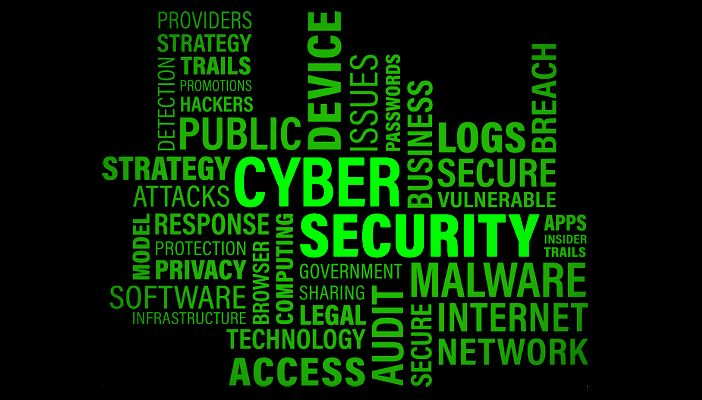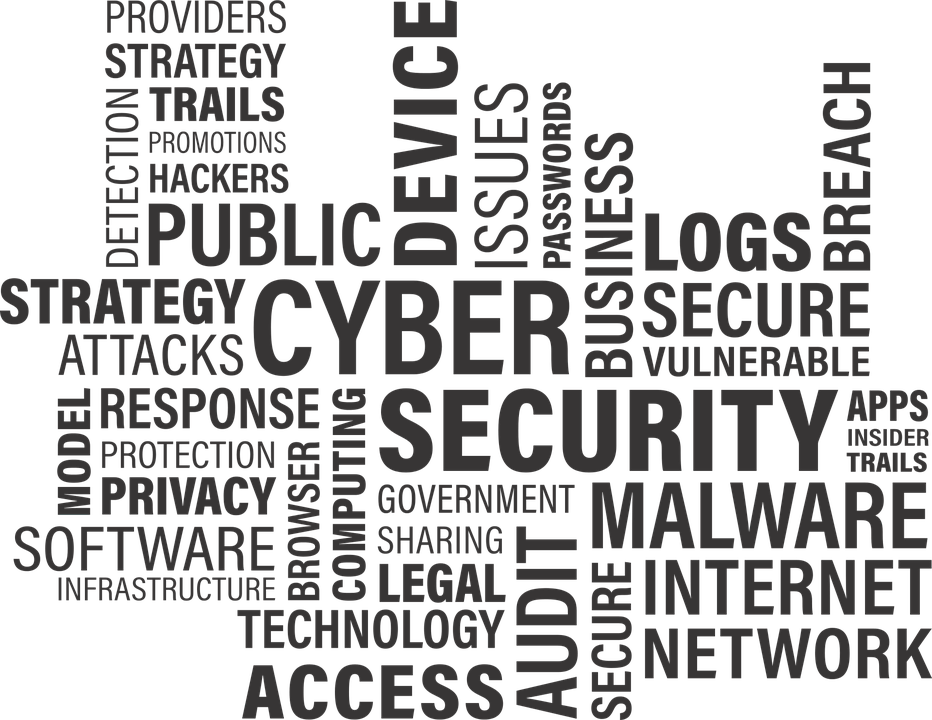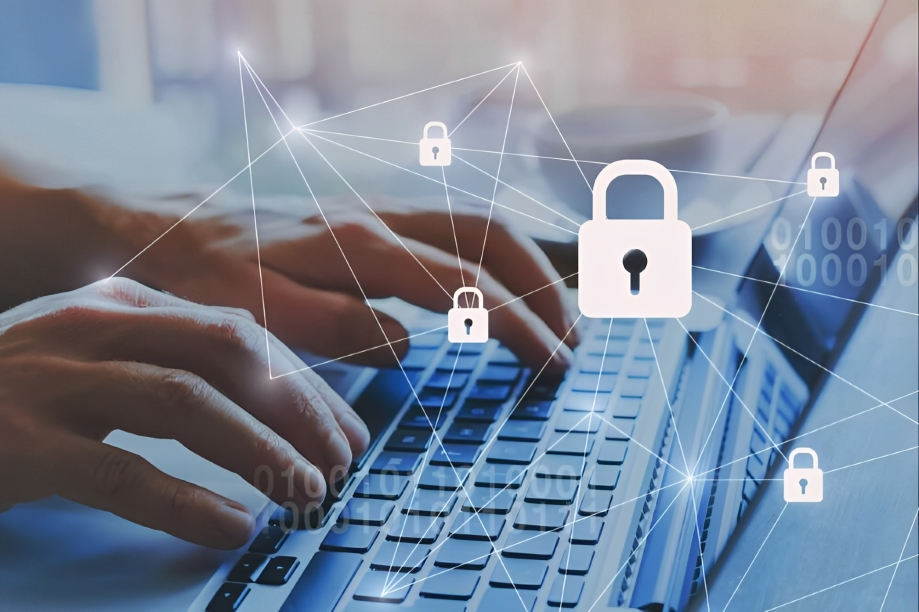16 Ways Jain Software Optimizes Your Online Store
In Official Blog, Business, Cyber Security, Services on Perfection
Online Store
In the current world of heightened internet usage, it is not only the quality of the products being sold through an online store that would drive sales but this experience’s ease of use as well. Being in the e-commerce industry today, businesses need to employ advanced technology for them to stand a chance to sell their products in their on-line stores. Jain Software provides a complete set of solutions and services to bring the best online shopping experience to customers, boost up the conversion rate and efficiency of online store.
Let me give you an insight into 16 aspects on how Jain Software can help enable your online store keep up with the current market, be efficient and ready for every customer that comes its way.
1. Custom E-Commerce Development
Here is some of the services that Jain Software offers which are unique E business solutions that address the needs of your business. Whether you own an independent store, or you are a big department store, Jain Software creates e-commerce solutions that will fit the business model and target audience of the store. Customization is vital as it guarantees the uniqueness of your online store, control over every aspect ranging from the product display, and checkout procedures.
Through, custom solution you can easily add or change features when the need arises depending on the evolvement of your business, needs of the customers and trends in the market.
2. Mobile-Responsive Design
Since the significance of mobile shopping is growing, having a website which is optimized for mobile use is not a nice to have but a must have. Jain Software makes sure that your online store is 100% responsive, this make your store to adapt to all the gadgets like mobiles, tablets and PC.
This makes your site more appealing to the mobile users, hence having an improved conversion rates than the bounce rates.
3. Fast Loading Times
The loading time of the page can have an impact on the success or failure of an online store. The empirical findings suggest that one-second delay in access times reduces conversion rate by a substantial margin. With the help of the best practices and latest technologies, gaining high website velocity is implemented by Jain Software for your online store.
For instance, a faster website enables you to come up with low bounce rates, and a happier customer will make you make more sales. Most of the times your e-commerce site will be heavy making the customer get bored with the navigation; this is where Jain Software comes in and optimizes your site.
4. SEO-Optimized Structure
SEO is probably one of the best ways of acquiring traffic to your online store without necessarily paying for it. At Jain Software, we integrate SEO friendly features into the development of your e commerce store so that your site appears on the top stations of search engines like Google.
That is why Jain Software assists in improving various aspects of your online store such as product descriptions, images, meta tags, and URLs to make your site more attractive for visitors and to increase sales.

5. User-Friendly Navigation
Most view easy to navigate design of the site as one of the key criterion for achieving a high level of customer satisfaction. Organized and easy to understand menus, filters and search functions that Jain Software provides enable your customers to find their way around your store effortlessly.
Ranging from categorization of products, product filters, and auto completion search engine like feature for easy and efficient shopping, allows Jain Software to greatly decrease cart abandonment rates and maximize conversion rates among your customers.
6. Secure Payment Integration
Protection is one of the most crucial concerns of the buyer that is why it is necessary to provide secure payment systems. Jain Software incorporates best and secure Payment Gateway vendors such as PayPal, Stripe, and more are incorporated with your online store with foolproof protection against fraud and all the transactions are encrypted.
Also, Jain Software makes certain that your website is maintained as a PCI compliant site (Payment Card Industry Data Security Standard), so that your store’s security measures are tightly fired up and your customer trust increases.
7. Streamlined Checkout Process
Ideally, cart abandonment is caused by many factors but the major one is a complicated checkout process. Our design expertise at Jain Software eliminates any extraneous steps in the check out process so that the client making the purchase is able to complete the process quickly.
Based at its core, Jain Software provides ease of checkout for your customers, being guest checkout options to auto-fill form options to make the purchasing process a seamless one without any annoying hitches. This leads to a better conversion rate and mostly enhanced customer satisfaction.
8. E-business Industry Implementation Projects 8: Materials Management/Inventory Control Integration
The management of stock is a very vital factor taking into consideration the operation of every firm that deals with online sales. For a small fee, Jain Software swear by an enjoyable inventory system which you can interface with your store; you can monitor your stock, orders and avoid selling products you don’t have.
This synch makes it possible for your customers to view current stock status, and you can even schedule your inventory to update automatically, which makes store processes efficient and not have to worry about out of stock or back order items.
9. Mod 06 – Reporting and Advanced Analytics
To be able to make the right business decisions it is crucial to know how your store is doing. Through Jain Software, the user can be able to get the greatest statistic updates and reporting features that give them the everyday trends including sales, conversion rates, customers’ behaviors among others.
That is, if you have these data available, you can determine patterns and use customer preferences in order to make changes for the better regarding your online store.
10. It also covers the aspects of Customer Relationship Management (CRM) as a part of its organizational structure.
Customer Relation Management integration in Jain Software allows you to form closer relation with your customers by giving you knowledge about them. This means that it is possible to send alerts, home and cellular special offers, as well as marketing messages, targeted products, which will help to enhance customer loyalty and subsequently induce more frequent orders.
With the use of social CRM tools which will help to create a more personal approach to the shopping experience that should lead to customers sticking with your business for longer.
11. Multi-Channel Integration
Companies cannot afford to ignore the online reality anymore they have to get their products into the customer space online as well on social media and marketplaces or physically into stores. Jain Software makes certain that your site immediately synchronizes with multiple selling platforms such as Amazon, eBay, Facebook, and so on.
Marketing on the internet promotes your store to numerous eyes and ensures it gets to gain customers from multiple aspects. Jain Software makes certain that all the way through are cohesive with one another so that your organization runs efficiently and all touchpoints work cohesively to provide your clients with a like-minded experience.
12. Marketing Automation
This paper discusses the importance of marketing for increasing traffic and sales to an online store. In addition, Jain Software’s tools for the marketing automation of the site provide an opportunity to automatically create and send e-mail communications and post on social networks that are aimed at customers and will help increase sales.
Such as automatically created abandoned carts notification, product recommendations, or any promotion will help to retain the customers and entice them to make a purchase once again without any efforts and additional costs.
13. Selling More of the Same Product
There are two strategies that help to increase average order value – upselling and cross-sellage. Recommendation engines: Jain Software helps its clients place complementary or upgraded products for their customers according to the way they browse the products or make purchases.
In this way, Jain Software contributes to growth of the revenue by specifying clients and offering them additional products, so orders’ value rises and clients’ satisfaction increases.
14. Customer Reviews and Ratings
Reviews and rating from customers play a very important role in shaping the decisions customers are going to make. Using this application, Jain Software weaves review and rating features into your online store whereby customers can share their experiences with other consumers.
To do this you can share positive feedback and counteract negative ones, which will make other potential customers trust you since they can see your store is genuine hence increasing the chances of conversion.
15. Responsive Customer Support
It is crucial for maintaining high level of customer satisfaction and solving their problems for faster period of time. Jain Software incorporates the ability to chat, helpdesk options, as well as ticketing options directly into an online store to ensure that clients can access support.
Through fast and quick response to customer services, Jain Software also enables improvement on the general shopping experience, customer trust and hence customer loyalty.
https://www.jain.software/7-top-e-commerce-solutions-from-jain-software
16. Scalable Architecture
With an increasing number of customers visiting your online store, so does the demand for some products or services. This is why Jain Software creates flexible ecommerce applications that can be adapted to reflect the growth of your enterprise. Whether you plan to incorporate additional products, open/check out new regions, or grow your client database, Jain Software guarantees that your online store layout retains its operational efficiency during transactional traffic spikes.
The benefit of this is that you can plan for growth and avoid the need to upgrade your store or redesign it anew when reinvesting becomes necessary in the future.
Conclusion
By now it is quite important to optimize your online store especially due to the competition that is present in the market. Some of the solutions that Jain Software provides are the following ones: They can help to improve your store functionality and results, make customers’ experience better, and sell more. Whether you require a custom developed solution or a mobile optimized online store and secure payment gateway or state of the art marketing automation tools Jain Software fulfills all your internet retailing requirements.
With the help of the efficient partners from Jain Software, you will be able to build an online store for your customers that will exceed their expectations and provide your business with the stimulus for constant growth and development on the Internet.
Follow Social Media :
https://www.facebook.com/jainsoftware/
https://www.instagram.com/jainsoftware/
https://www.linkedin.com/company/jainsoftware
https://x.com/jainsoftware






